Take steps to prevent hearing damage in the workplace before it happens.
Some of the most prevalent workplace hazards aren’t seen—they’re heard. The National Institute for Occupational Safety and Health (NIOSH) reports that 22 million U.S. workers are exposed to damaging noise levels at work, and according to the Centers for Disease Control and Prevention (CDC), workplace-related hearing loss is the most commonly reported injury.
It’s not surprising, then, that hearing loss disability accounts for an estimated $242 million in workers’ compensation payments each year, according to the Department of Labor.
Approximately 48 million Americans have some degree of hearing loss, according to the Hearing Loss Association of America. The National Institutes of Health estimates that 15% of those aged 20 to 65 are living with some level of noise-induced hearing loss.
Noises over 85 decibels (dB) warrant the use of protection. For reference, normal talking is 60 dB, city traffic is 85 dB and a rock concert or a tractor is about 100-115 dB. Without proper protection, prolonged noise exposure in a factory setting can compound the hearing loss incurred from everyday noises.
Because hearing damage is cumulative and permanent, it is vital—and in many cases required—for businesses to protect their workers’ hearing, especially for those with a workforce exposed to loud machinery, power tools, and heavy equipment. In this article, we’ll examine the top industries affected by hearing loss and identify opportunities to minimize noise through hearing conservation programs.
INDUSTRIES MOST AFFECTED BY HEARING LOSS

From office environments to busy construction sites, workplace hearing loss is a reality for many industries. However, there are workers in certain roles who are at increased risk of hearing damage, and the needs of these employees should be more closely monitored and accommodated.
Hearing Loss in the Manufacturing Industry
For workers in the manufacturing industry, hearing loss is the most commonly recorded occupational injury. Between compressed air, which is an estimated 92 dB, and loud machinery like grinders, drills and milling machines, which typically hit dB levels 95 and above, it’s important for employers to take extra care to protect workers’ hearing.
Hearing Loss in the Construction, Carpentry and Mining Industries
Loud power tools also make workers in construction, carpentry and mining industries particularly susceptible to hearing loss. In fact, some tools, like a jackhammer, can reach up to 130 dB—more than 45 dB above the recommended limit. When exposed to these sounds for extended periods of time during a shift, the risk of hearing damage increases.
Likewise, miners are regularly exposed to sounds related to drilling into rock in a confined work environment, and as a result most miners have some form of hearing loss by the time they retire, according to the CDC.
Other industries most commonly affected by hearing loss include entertainment and nightlife, military, agriculture and farming.
WORKPLACE RISKS ASSOCIATED WITH HEARING LOSS
Hearing is the body’s built-in alarm system and plays a vital role in protecting a person from physical harm. Hearing picks up on possible dangers that may not be visible yet, like the sound of an approaching truck or the clanging of a broken machine. However, when hearing is compromised, the built-in alarm system isn’t as effective and may not pick up on incoming dangers as quickly, putting workers at risk.
Workplace accidents are common among workers with hearing damage due to reduced situational awareness or the inability to hear a warning siren or signal.
The risks associated with hearing loss don’t stop there. Not only does hearing loss contribute to workplace-related issues, but it can also take a toll on an employee’s quality of life. Hearing loss is permanent, and as it worsens, it can make interpersonal communication difficult and frustrating, putting a strain on relationships. In addition, ringing in the ears associated with hearing loss can be disruptive to normal sleep patterns and concentration, which sometimes can increase the risk of depression, anxiety, and stress. All of these factors may contribute to underperformance or dissatisfaction at work.
OPPORTUNITIES FOR IMPROVEMENT
When it comes to hearing loss, prevention is key. Almost all work-related hearing loss is cumulative and permanent, so it’s important for employers to take steps to prevent damage before it happens.
A great step in preventing work-related hearing damage is to implement a hearing conservation program. Not only do these programs protect workers from occupational hearing loss, but they can also play a role in increasing employees’ sense of well-being and reduce the incidence of stress-related disease. Stress decreases blood flow that helps hair cells within the ear work properly. Therefore, reducing workers’ stress can help maintain the overall health of the ear.
Hearing conservation is an OSHA mandate that requires companies to take action and institute occupational noise and hearing conservation programs for employees who work in areas where the probable exposure to noise equals or exceeds an eight-hour time-weighted average (TWA) sound level of 85 dB.
An effective hearing conservation program includes regular, ongoing sound monitoring, audiograms, employee training and protective equipment.
Regular, Ongoing Sound Monitoring
Sound level meters and dosimeters are two important elements of an effective hearing conservation program. Sound level meters measure sound intensity at a specific moment, while dosimeters measure a person’s average exposure to noise over a period of time. Employers can monitor and record sound levels throughout the workplace to help employees understand areas where the risk of hearing loss may be higher.
Audiograms
An effective hearing conservation program includes taking a baseline audiogram, which takes place 14 hours or more after the employee was last exposed to occupational noise. Following the baseline audiogram, annual audiograms should be performed to record any changes. These results should be analyzed and compared to previous tests to provide insights into how an employee’s hearing has changed. These changes are recorded as a Standard Threshold Shift (STS) if the loss is greater than a certain level.
An STS is a detectable change in hearing when compared to the baseline audiogram. If a shift is identified, an employer is required to inform the employee within 21 days and refer them to an audiologist for follow-up testing and possible treatment. This also is a good opportunity for both employers and employees to assess hearing protection methods and make any needed changes.
Employee Training
Training workers is another essential step to educating a workforce about the risks associated with hearing loss and the importance of prevention. At a minimum, employers should conduct an annual noise training with all employees, but regular reminders throughout the year are also recommended. For example, hanging educational posters and noise maps, which highlight decibel levels throughout the workplace, is a great way to remind employees throughout the year to take steps to mitigate hearing damage.
It can also be helpful to offer one-on-one educational sessions with individual employees who may be exposed to louder noises on a regular basis.
Protective Equipment
 In addition to monitoring and training, employers must also provide workers with suitable equipment to protect hearing while at work. In fact, this is an OSHA requirement for workplaces where the noise levels meet or exceed 85 dB.
In addition to monitoring and training, employers must also provide workers with suitable equipment to protect hearing while at work. In fact, this is an OSHA requirement for workplaces where the noise levels meet or exceed 85 dB.
There are a wide variety of options when it comes to hearing protection devices and employers can often find several appropriate options that fit the needs of employees and the workplace. Examples include earplugs and earmuffs that come in a wide variety of different styles, like disposable, custom molded and reusable, to fit employers’ and employees’ preferences.

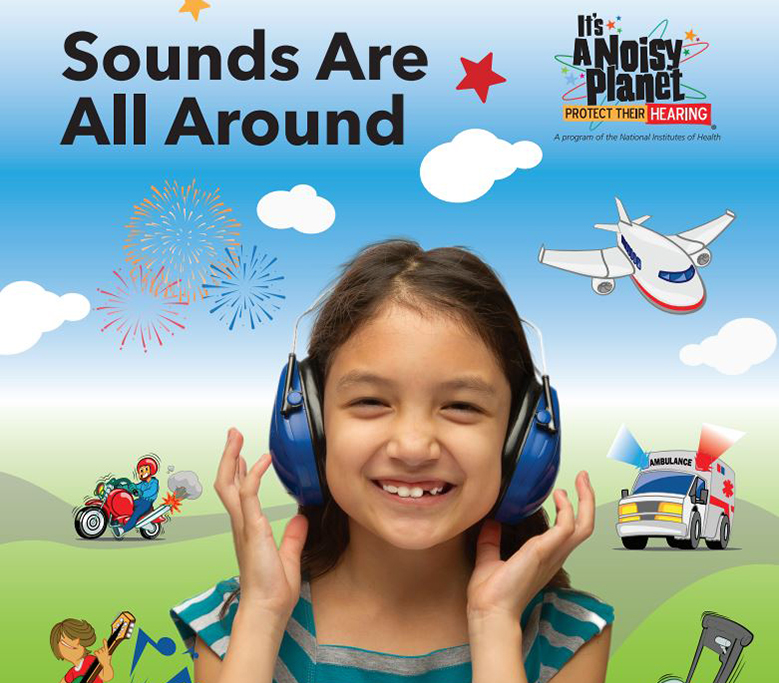
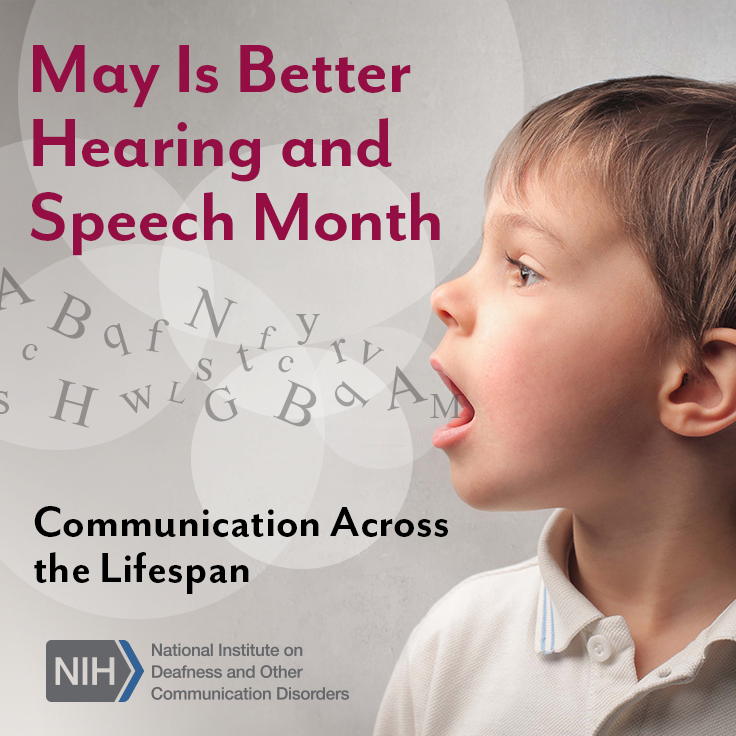
 What is obvious to one person may not be obvious to another, according to Bethany Graves (Watson), a consultant specializing in occupational safety based out of Jefferson City.
What is obvious to one person may not be obvious to another, according to Bethany Graves (Watson), a consultant specializing in occupational safety based out of Jefferson City. 



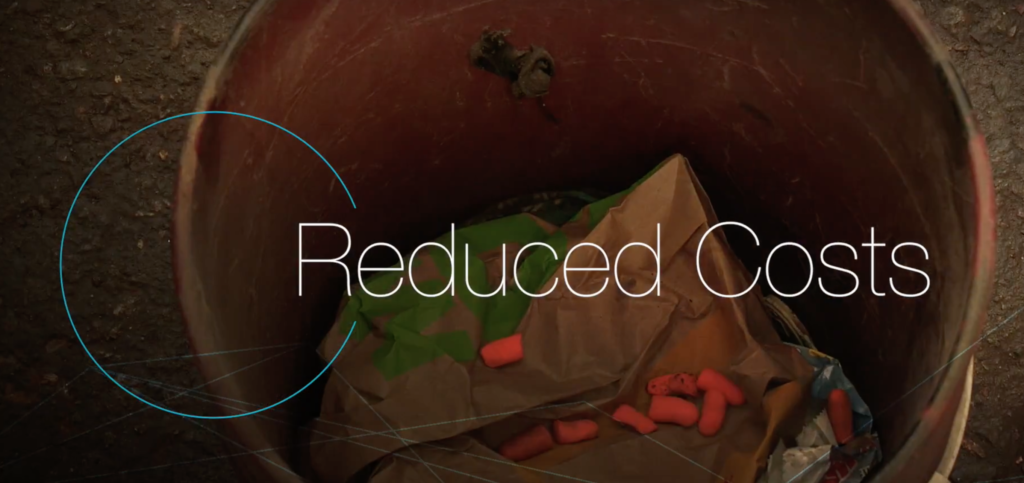


 cords for seamless integration with many radios while conserving hearing.The dB Blocker™ Convertible Non-Vented Offers the same hearing protection as the dB Blocker™ Classic Non-Vented but has a removable cord. It is particularly suited for industrial applications where there is high air movement (wind noise) which may cause a whistle in the vent.
cords for seamless integration with many radios while conserving hearing.The dB Blocker™ Convertible Non-Vented Offers the same hearing protection as the dB Blocker™ Classic Non-Vented but has a removable cord. It is particularly suited for industrial applications where there is high air movement (wind noise) which may cause a whistle in the vent.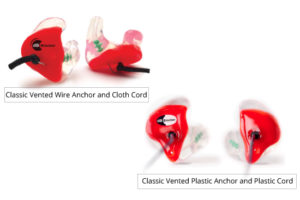



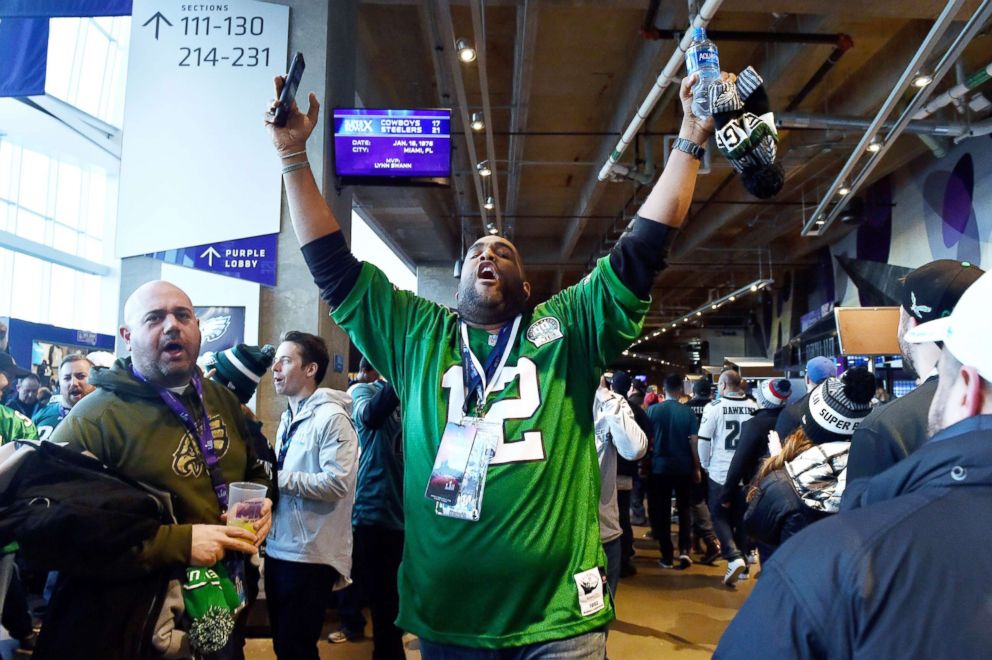




SOURCE